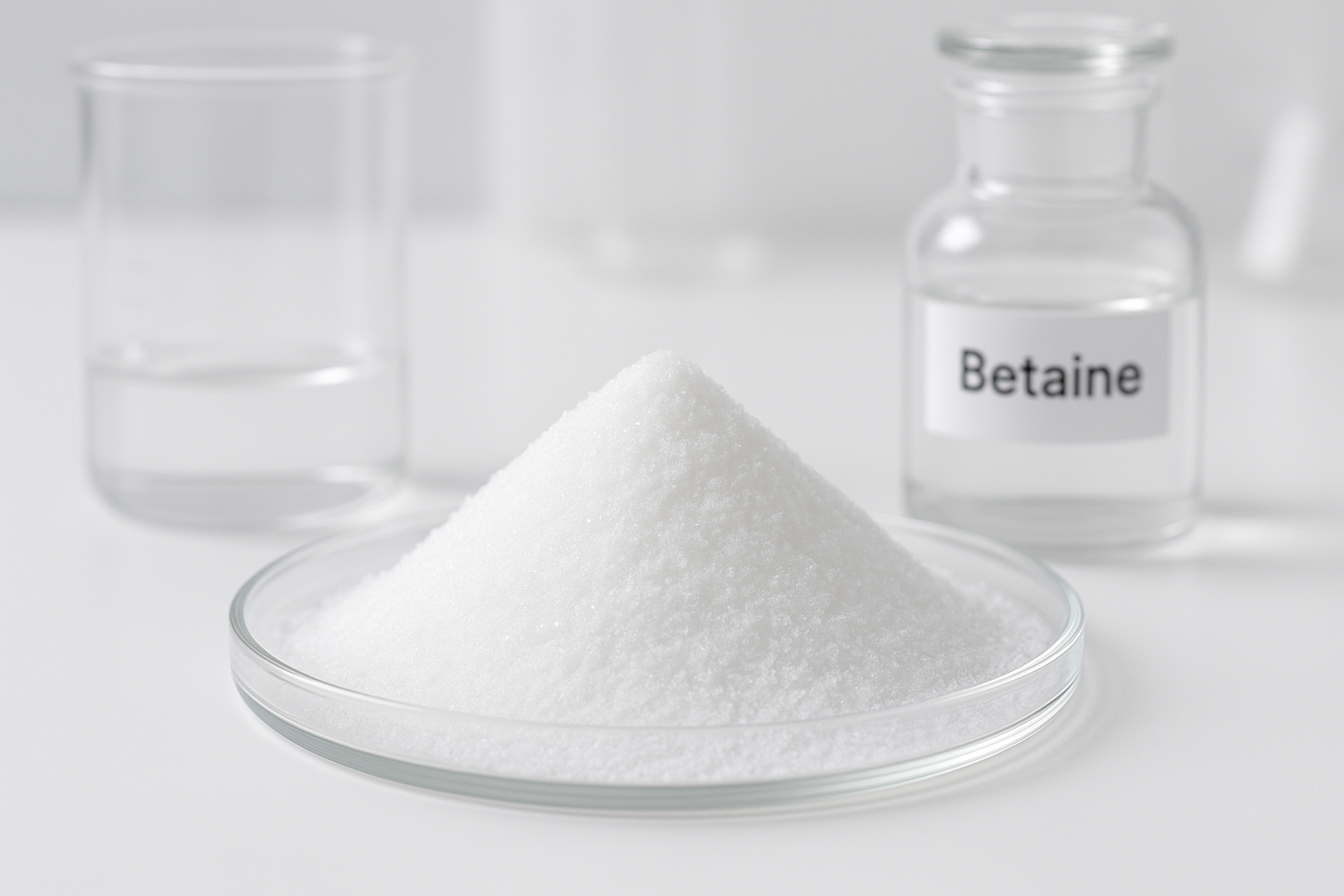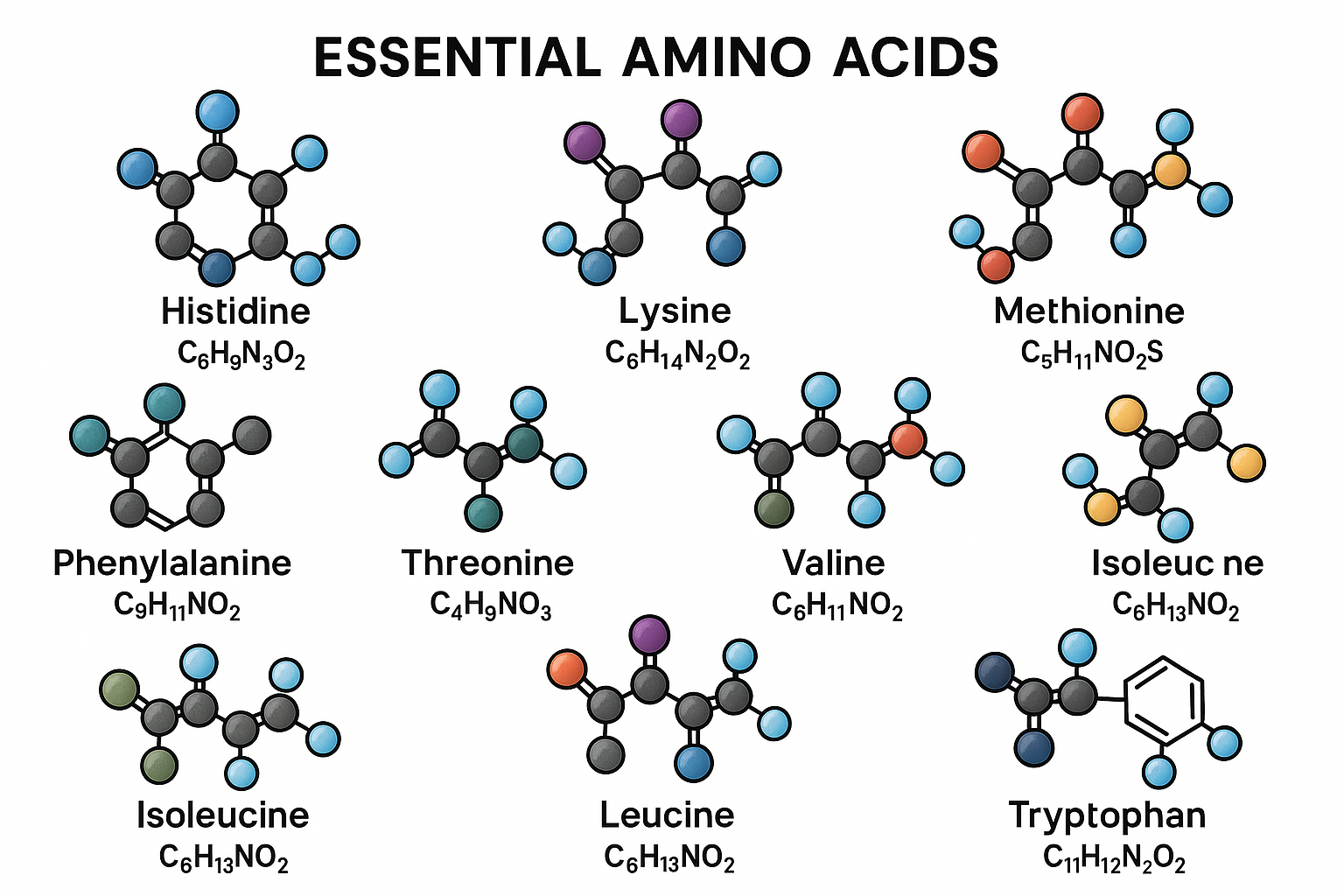Full Spectrum Essential Amino Acids Blend
Still Sore from Monday?
Time to Level Up Your Recovery Routine.
Recovery of The Gods - EAA Recovery Aid
Recovery of The Gods - EAA Recovery Aid
ALL 9 ESSENTIAL AMINO ACIDS + MORE
Fuel your body with the complete amino acid spectrum for total recovery support.

MUSCLE REPAIR & PROTEIN SYNTHESIS
Kick-start muscle repair, growth, and faster bounce-back.

NATURALLY SWEETENED, ZERO JUNK
No artificial sweeteners, fillers, or gimmicks, just clean recovery fuel.

NUTRIENT ABSORPTION & BLOOD FLOW
Optimised for nutrient uptake and circulation, delivering recovery where it’s needed most.
Free Protein for life when you subscribe
Subscribe and save up to 25% and get free protein for life
Skip, pause, swap cancel any time

Description
Description
We don’t believe recovery should be an afterthought. You train hard, your recovery needs to match that intensity. Sore, slow, and run-down doesn’t cut it.
That’s why we created Recovery of the Gods: Ultimate EAA. A formula packed with 9 essential aminos + electrolytes = faster recovery, less DOMS, and better next-day sessions.
No added sugar. No underdosed fluff. Just clinically-backed, clean repair.
Recovery of the Gods: Ultimate EAA is your daily edge to bounce back faster, train harder, and stay ready for whatever’s next.
How To Use
How To Use
Mix 1 or 2 serves with 500ml of water (adjust for taste preference) and consume during or after training, or anytime for added recovery support.
Nutritional Information
Nutritional Information

Flavours Explained
Flavours Explained
Prometheus’ Watermelon: A juicy, mouth-watering watermelon flavour with a clean finish.
Poseidon's Pine Mango: A tropical blend of sweet golden mango and tangy pineapple, as bold and refreshing as an ocean breeze.
Ajax’s Apple: A sharp, crisp green apple hit with just enough sweetness to make it dangerously drinkable.
Minotaur’s Mixed Berry: A punchy mix of ripe strawberries, blueberries, and raspberries.
What Our Hercules Family Are Saying
What Our Hercules Family Are Saying
We analysed thousands of verified reviews to uncover exactly what our customers love and what’s actually delivering results.
This isn’t theory. It’s real feedback from real people getting real outcomes.
90% felt less sore the next day after training
85% reported improved training recovery over 2 weeks
93% said they could train more frequently without fatigue
96% noticed better hydration and muscle fullness
20,000+
500,000+
1M+
100+








Navigate Nutrition with Confidence & Clarity
The Science Behind the Ingredients in Recovery Of The Gods

Agmapure®
Agmapure® is a purified form of agmatine sulfate, a metabolite of the amino acid arginine. It is recognised for its ability to influence nitric oxide pathways, supporting healthy circulation and vascular function.
In sports nutrition, Agmapure® is valued for enhancing muscle pumps, improving nutrient delivery, and promoting recovery after training. Beyond performance, research suggests it may also support cognitive health, mood regulation, and metabolic balance, making it a versatile ingredient for both performance and wellness.

Astragin®
Astragin® is a patented blend of compounds derived from Astragalus membranaceus and Panax notoginseng. This clinically studied ingredient is designed to improve nutrient absorption and bioavailability by supporting healthy intestinal wall function.
By enhancing the uptake of amino acids, vitamins, and minerals, Astragin® maximises the effectiveness of other ingredients in a formula. It is also associated with improved gut health and digestive efficiency, making it a key bioavailability enhancer in advanced recovery and performance products.

Betaine
Betaine, also known as trimethylglycine (TMG), is a naturally occurring compound that plays a role in cellular hydration and methylation processes. In sports nutrition, it is commonly used to support strength, power, and muscular endurance.
By promoting efficient muscle hydration and protein synthesis, betaine may contribute to greater training volume and lean muscle development. It also supports liver function and overall cellular health, making it beneficial for both athletic performance and long-term wellness.

Essential Amino Acids
Betaine, also known as trimethylglycine (TMG), is a naturally occurring compound that plays a role in cellular hydration and methylation processes. In sports nutrition, it is commonly used to support strength, power, and muscular endurance.
By promoting efficient muscle hydration and protein synthesis, betaine may contribute to greater training volume and lean muscle development. It also supports liver function and overall cellular health, making it beneficial for both athletic performance and long-term wellness.

Electrolytes
Electrolytes such as sodium, potassium, magnesium, calcium, chloride, and phosphate are essential minerals that regulate fluid balance, hydration, and nerve and muscle function.
They are vital for preventing cramping, maintaining pH balance, and supporting optimal nutrient transport across cell membranes. During intense exercise or heavy sweating, electrolyte replacement helps sustain performance, reduce fatigue, and accelerate recovery.
Why Recovery Actually Works:
We Use What Delivers — Not What’s Cheap.



































